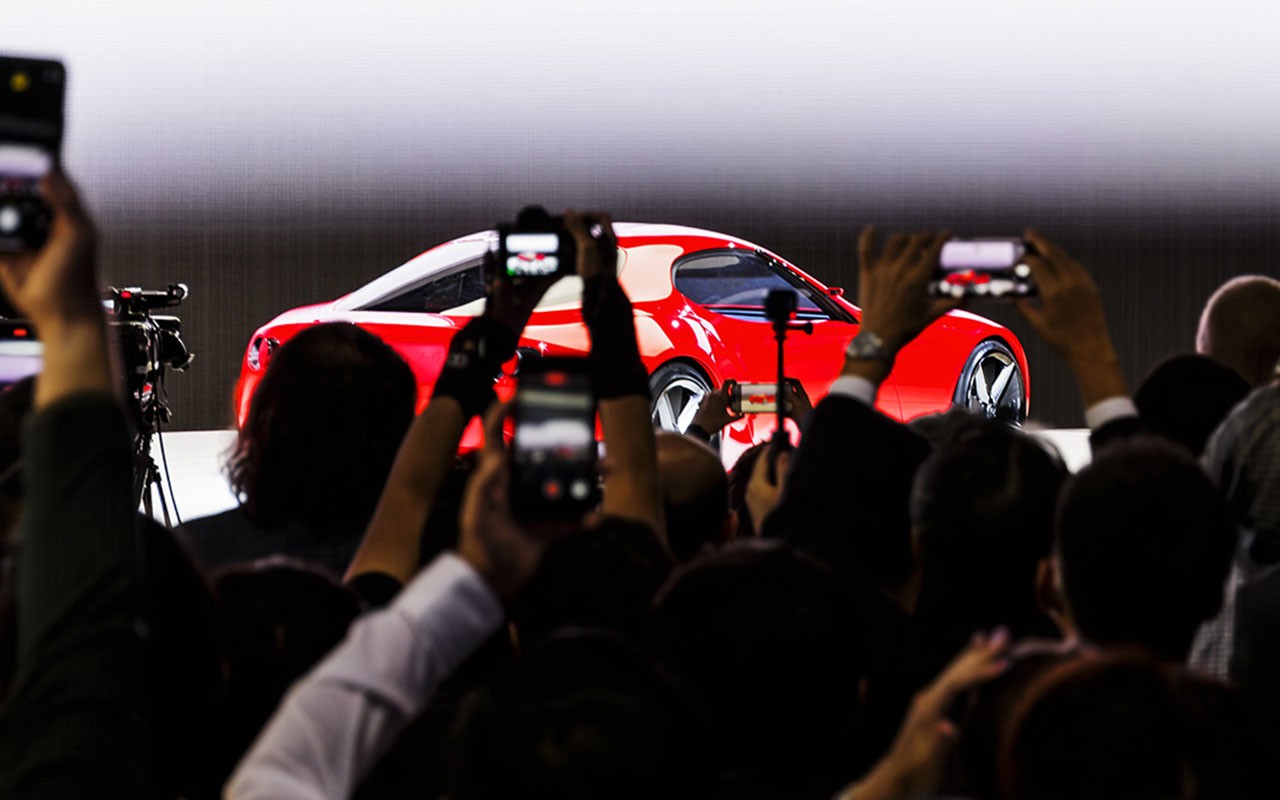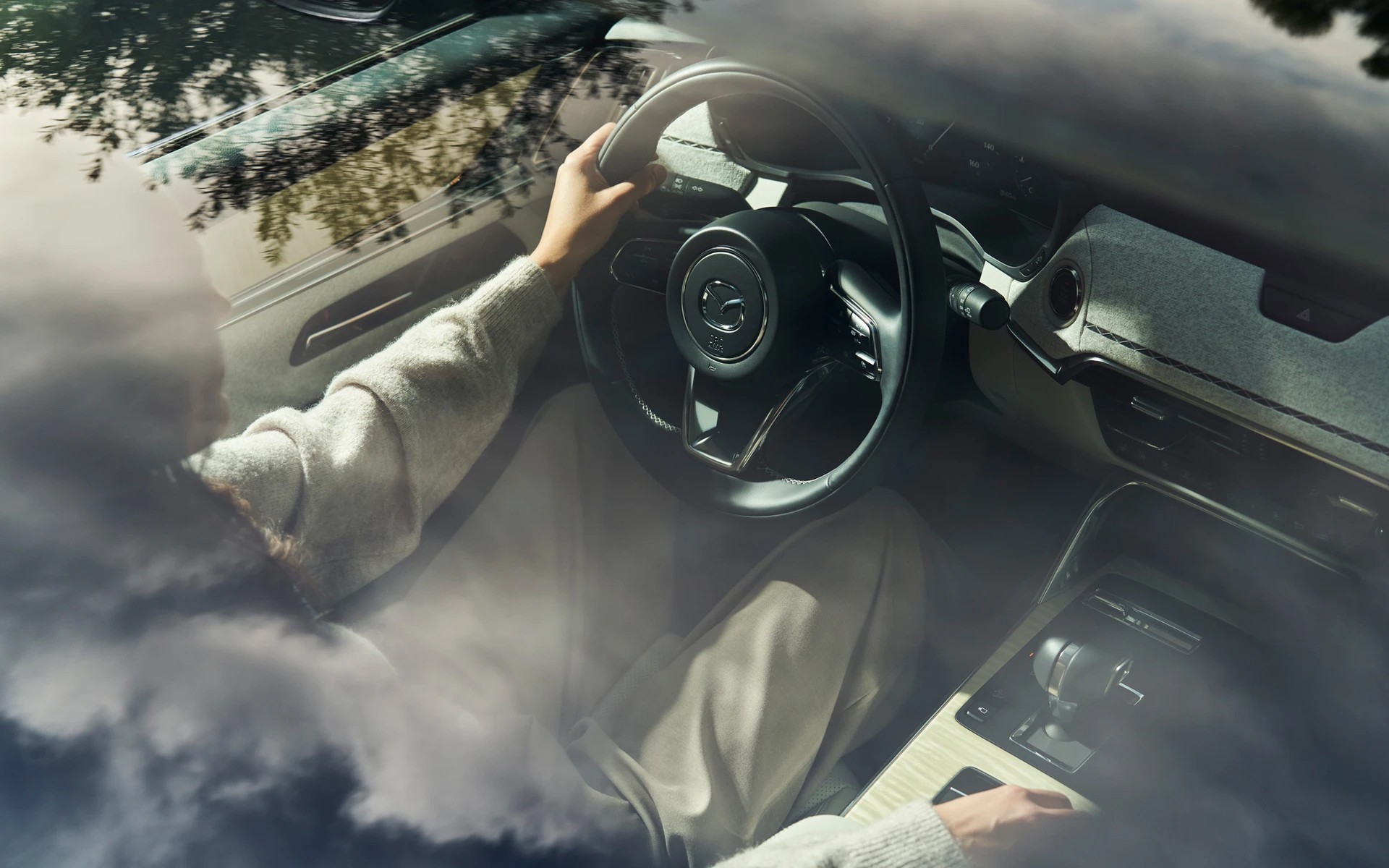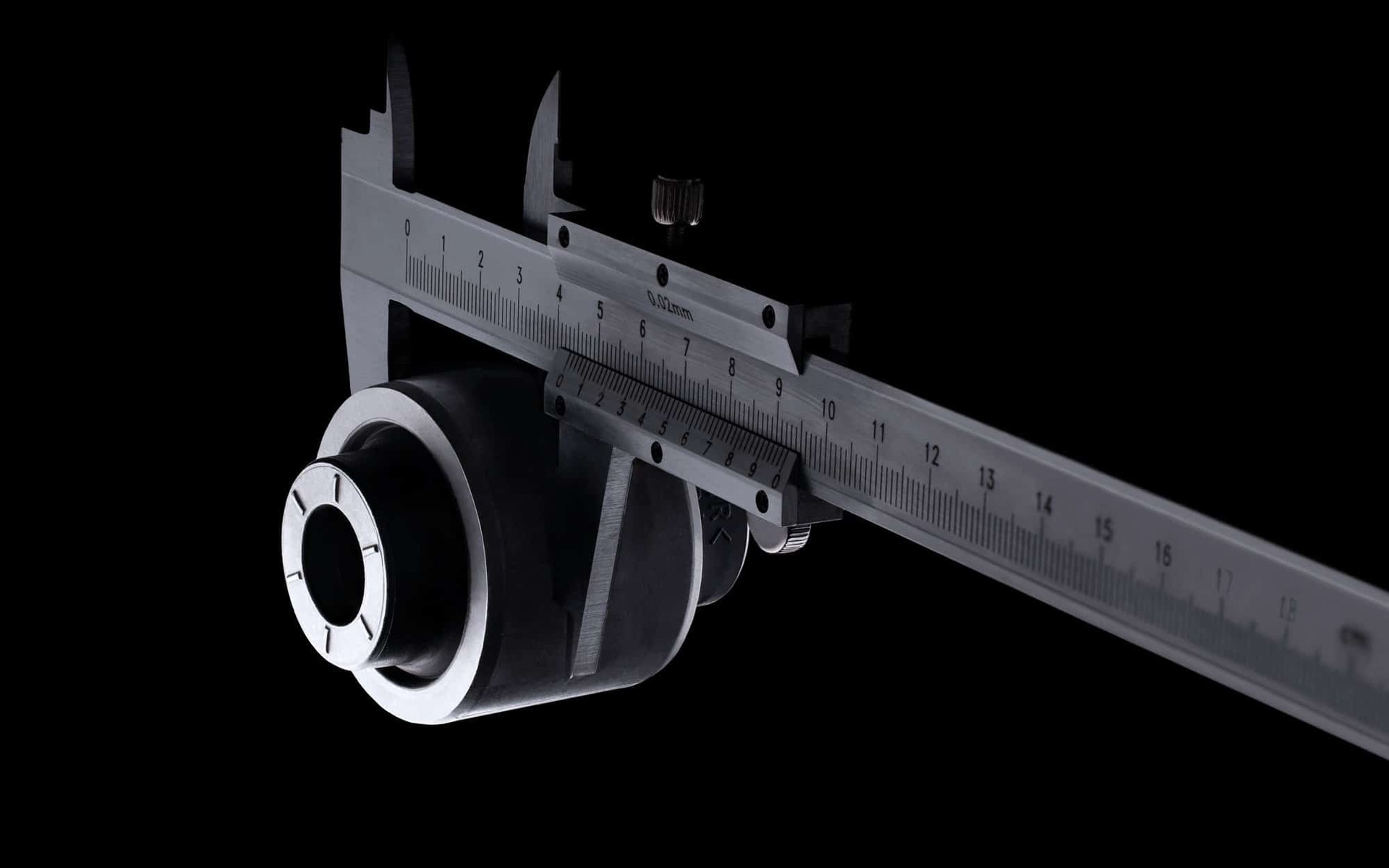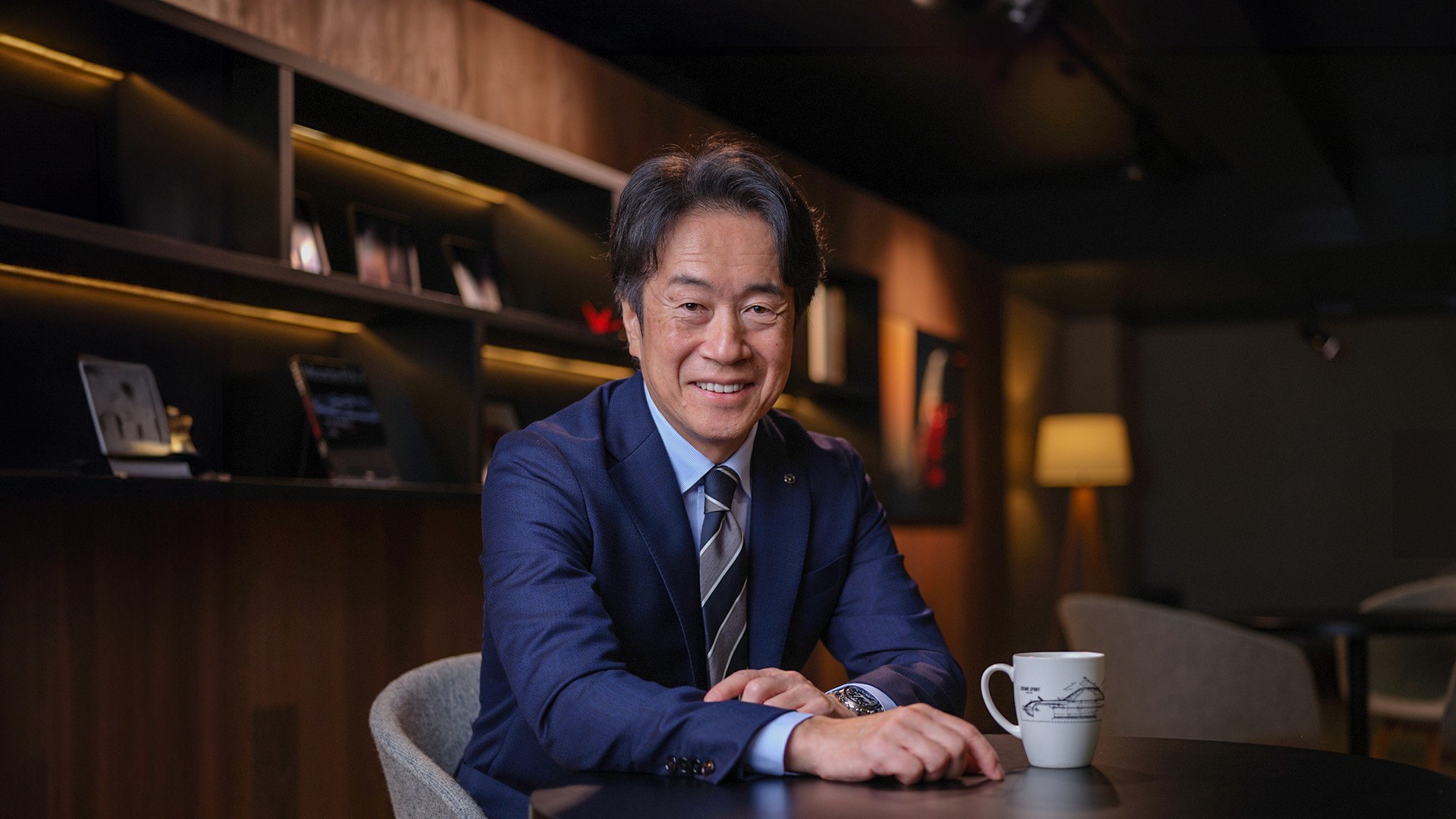
INSPIRE
In Conversation with Masahiro Moro
The photographer’s lights glow hot at the tail end of a long working day at Mazda’s Hiroshima headquarters, but Masahiro Moro remains in fine form. Newly appointed as President and CEO of Mazda—Moro succeeded previous President Akira Marumoto during the summer of 2023—the 62-year-old is utterly unfazed by the flashing bulbs. His disarming charm, too, channels the conversation from Icelandic fly fishing to Japanese baseball and an utter bafflement with the rules of cricket. He even jokingly apologizes when coffee is served; the British, he explains gently to his secretary, drink tea.
Despite the smiles, there’s no escaping the serious task Moro has set both himself and the Mazda Motor Corporation: to make driving fun again. An obvious direction, perhaps, for a company with a core value of experiencing the Joy of Driving, but by no means an easy one. With the world still reeling from a pandemic, and with climate change front and center of every agenda, people’s love affair with four wheels is in urgent need of revitalization.
After a three-year pandemic-induced hiatus for what was formerly known as the Tokyo Motor Show, the 2023 Japan Mobility Show (JMS) looked to address this challenge, allowing over 1.1 million people to witness Japan’s exciting vision for the future of mobility, a display that included the Mazda Iconic SP. This was the centerpiece of the Mazda exhibition and was joined by several other MX‑5 Miatas but, interestingly, nothing else from Mazda’s exciting lineup. “We also have tons of great SUVs,” smiles Moro. “But, as we transition towards a more diverse mobility industry, I’d like us to resolutely focus on what Mazda stands for, which is the joy of driving. The MX‑5 Miata completely represents that. It’s about enriching lives.”
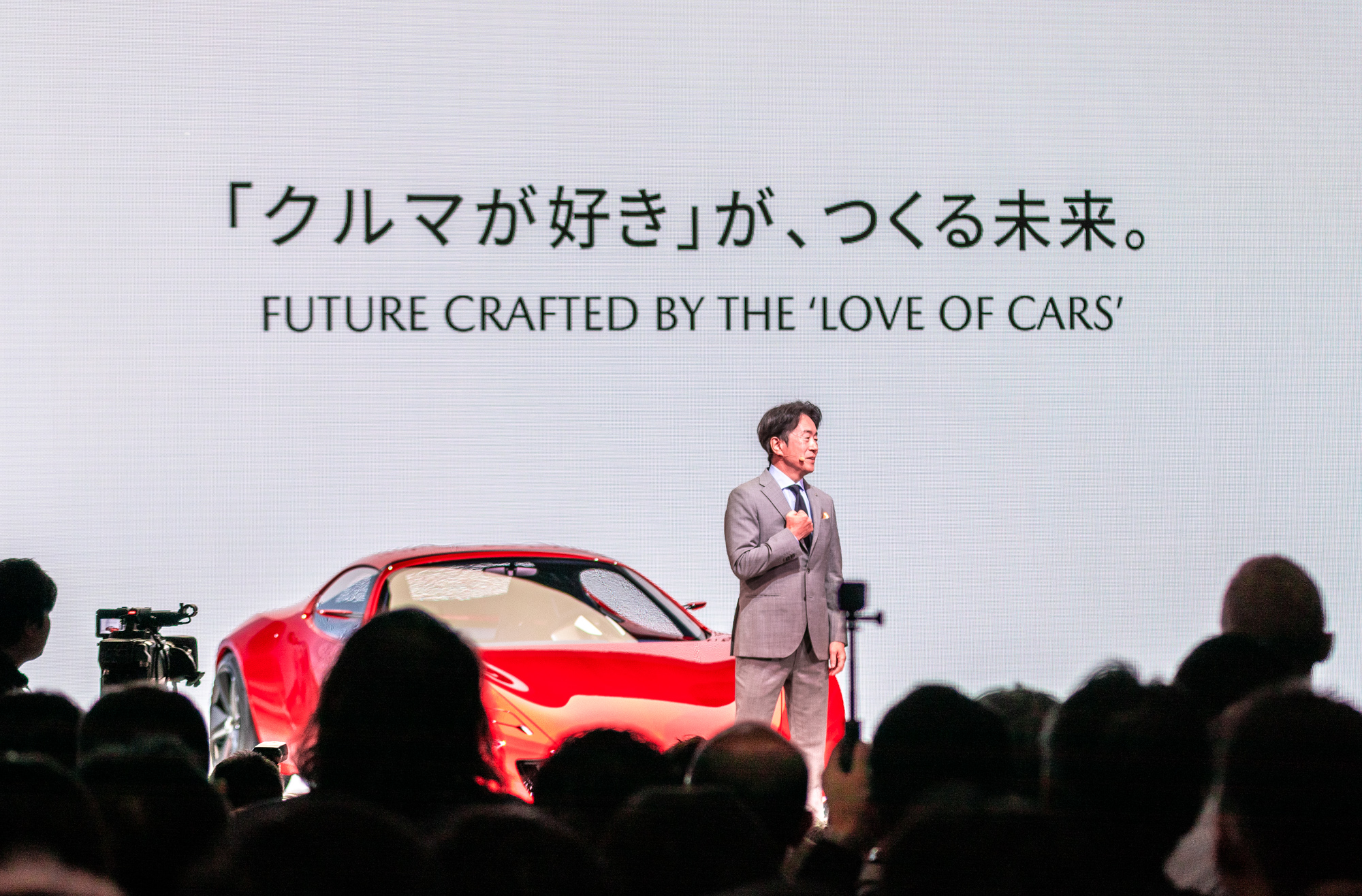
Mazda Stories: It was an uplifting exhibition. Akio Toyoda, Chairman of Toyota, signed his name on one of your stands, and you encouraged the audience to take their time exploring the rest of the show. From the outside, it feels as if there is a genuine camaraderie within the Japanese automotive industry.
Masahiro Moro: The JMS represents the transformation of the industry and it’s important for us to recapture an interest not just in automobiles, but also in total mobility. How mobility can change your life will be a big theme in the future for us. So it was important that everybody, from big automotive manufacturers to smaller start-up companies, provided an inspiring and exciting experience. That was the common challenge for all of us.
“I’d like us to resolutely focus on what Mazda stands for, which is the joy of driving.”
Masahiro Moro, PRESIDENT AND CEO, MAZDA
MS: Away from the JMS, how are you combining forces?
MM: The big theme is carbon neutrality, which is driving the entire mobility transformation. But carbon neutrality is too big for an individual company to go after. It’s a joint effort. So, for the JMS and the G7 Hiroshima summit we issued a statement about how we are approaching carbon neutrality as a whole industry, which we call multi-pathway.
MS: What does multi-pathway mean for automotive customers?
MM: It means diverse solutions. Building EV sports cars is of course an option for Mazda, but we thought: hang on a minute, we have a rotary engine, so why don’t we come up with a totally different solution and see if customers are interested. That was the purpose behind the Mazda Iconic SP. And there are different proposals from each manufacturer. Even suppliers such as Bridgestone and Panasonic are looking at advanced technology to provide different mobility experiences.
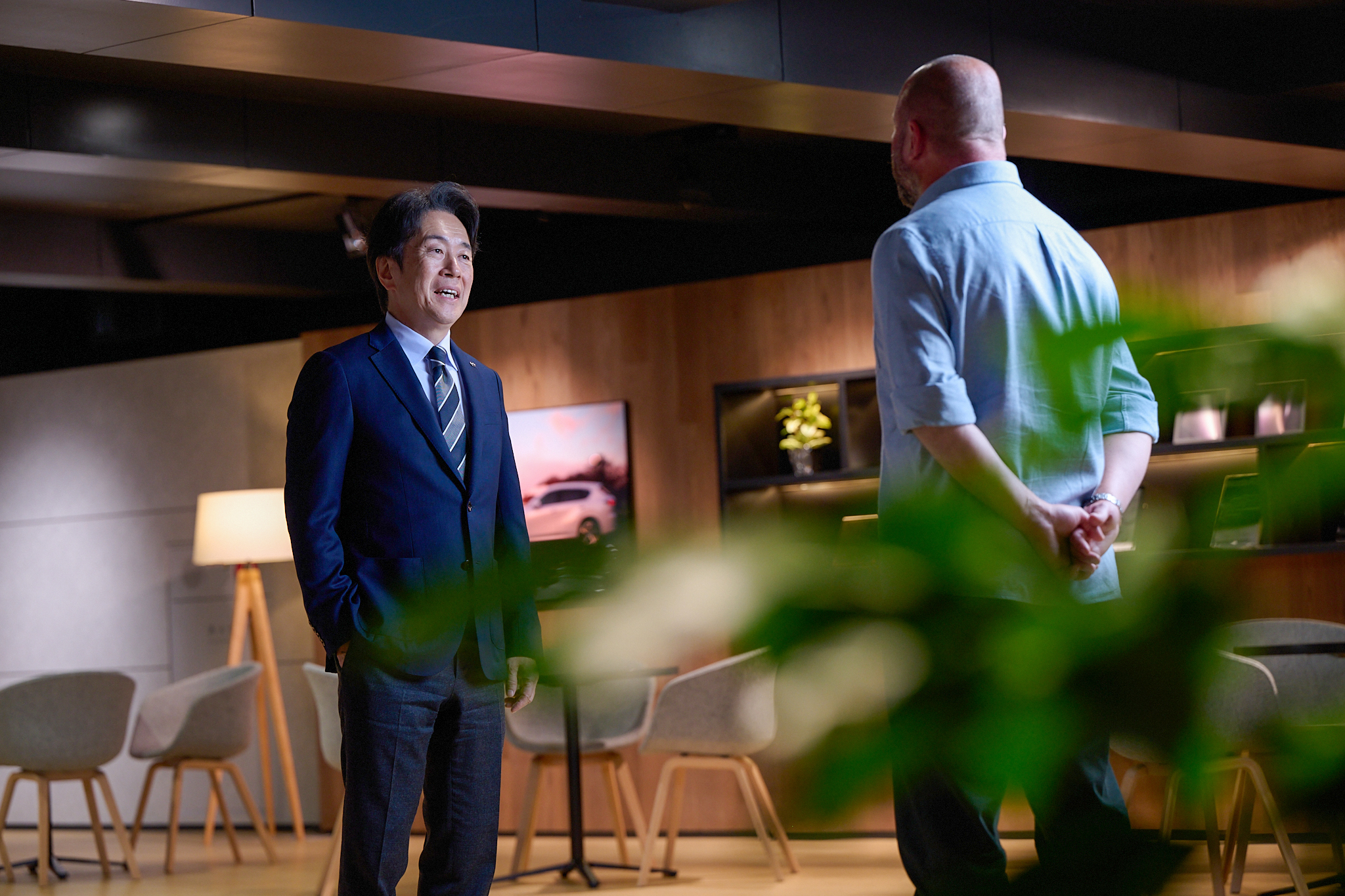
MS: You also took time at the JMS to interview members of your team on camera. Would you call that an unusual move for a Japanese CEO?
MM: It was a very natural, spontaneous act. I wanted to hear from those relatively younger, dedicated employees. I was very impressed. There was so much about the event I didn’t know before I asked. The virtual reality system, for example, was built entirely by our guys collaborating with a design team. That was a big surprise.
MS: You clearly believe in the power of people.
MM: Every employee has huge potential, so the challenge is how to unlock their creativity and real power. The Mazda JMS experience was concept-led. Usually, it is theme-led. This time around, they started with the concept, and then came up with lots of great creative ideas, like a two-third-scale MX‑5 Miata—designed so children could experience the joy of driving—and a special MX‑5 Miata for those with disabilities. That was the power of the people of our company, I am very pleased to say.
MS: You spent much of your career outside Japan, in Europe and then North America. Do you think that gives you a unique perspective on the challenges Mazda face at home today?
MM: Absolutely. One of the big things I learned was diversity, which is a big issue right now. When I was in Europe, my team consisted of 13 different nationalities. Different cultures, different education, even different common sense. Initially, I wanted everybody to have the same opinion, but it was impossible. Nobody could agree on the same thing. And I had a real problem. So I put a focus on a common vision, so that everybody could join the conversation. Then, everybody came to the table with different opinions, started discussions, and would come up with an even better idea.
MS: And in Japan?
MM: In Japan we diligently work together on one process, ensuring we make no mistakes. But if that process hits a wall, we stop. In Germany, when they hit a wall, they bang their heads on it until it breaks. The British? They find a door in another wall to get through. But in Japan, we sit down and talk about the problem, over and over again. I’m exaggerating, but you get my point. Japanese people hesitate to express their own opinion if they think it might be different to others. But different ideas bring great things.
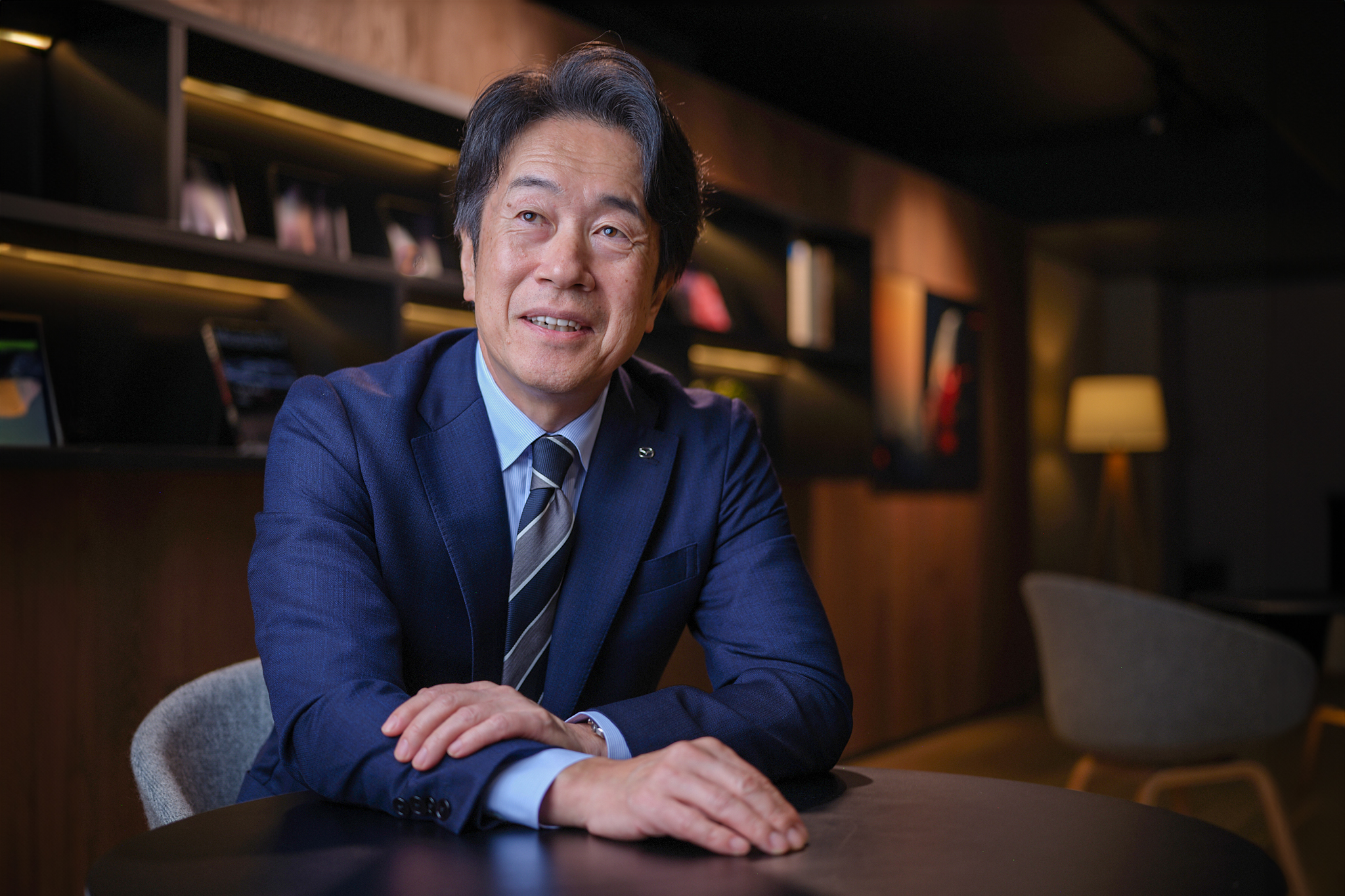
MS: Mazda, of course, is famous for having different ideas.
MM: Exactly, it’s part of our heritage. Everyone goes zigging, we go zagging. I need this DNA back, because in terms of culture, we are a little too rigid right now.
MS: Is it a matter of reminding people of a great past, or opening their eyes to the future?
MM: Let me put it this way: our people have a lot of potential. But people often follow a path laid out by one person. In normal times, you can leverage that. But we live in times of unbelievable uncertainty. That means you must be nimble, agile, and quick to adapt. To do that, we need a lot of wisdom to lead Mazda. One person cannot decide everything. An important part of leadership is empowering people, so we need to remind our teams to stand up and count on their creativity to tackle the challenges in front of us.
MS: Finally, how will you know when you have succeeded at Mazda?
MM: Well, I don’t have any particular metrics for success in terms of figures because we are always evolving, but what I would like to see is a company where people are happy to work, where they feel appreciated, connected, and inspired. Culture drives results. If you have great people, you have a great culture. Then, you can do anything.
Words Ross Brown/Images Eric Micotto, Dan Froude, Mazda
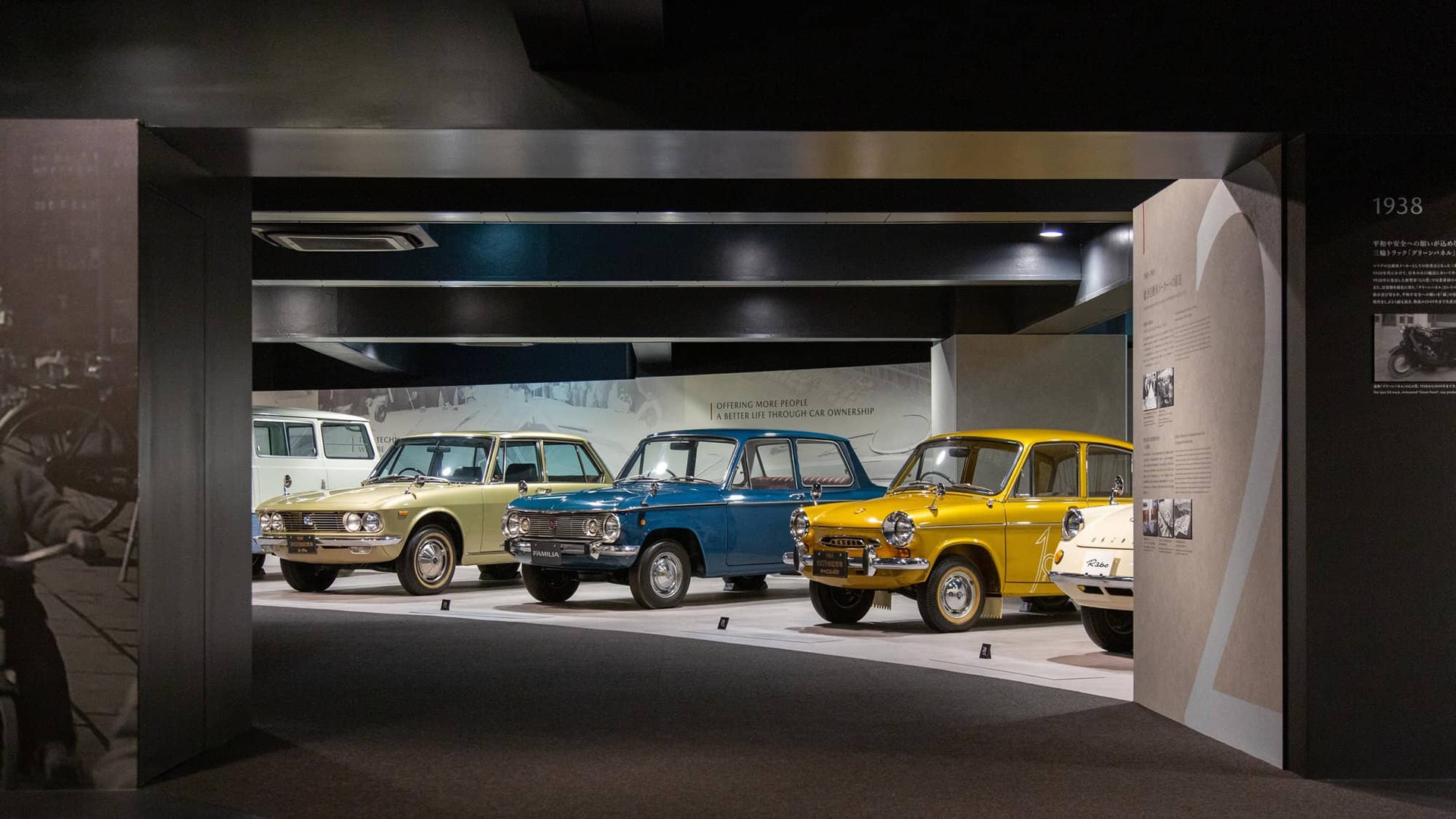
Find out more
